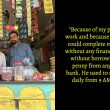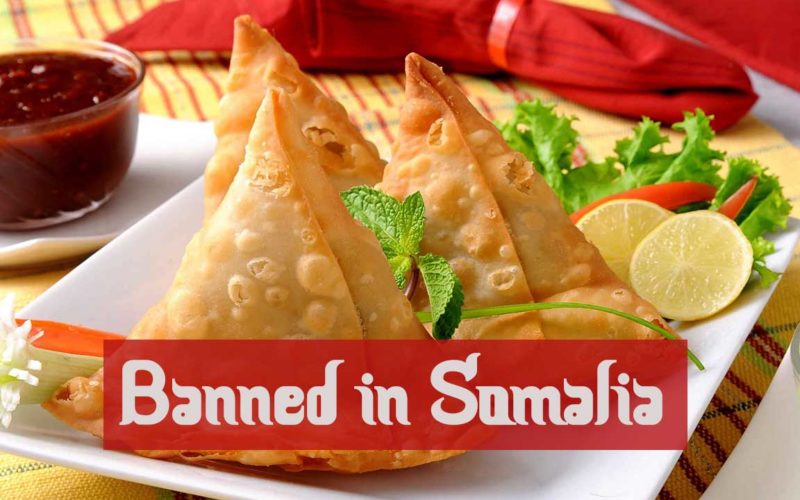- 1.8Kshares
- Share
- Tweet
- Facebook Messenger
Food.
As much it’s a necessity, it’s a great opportunity for business and it is rightly so because it has to reach the billions of mouths to be fed all over the world. This gives us the concept of preservation and mass production of food. And hence, food has lost its purity.
Here are a few examples of foods and drinks that are banned in different regions of the world for a wide range of reasons besides preservatives.
1. Kinder Joy – USA

Kinder Joy is really this chocolate whose absolutely annoying ad takes over your TV screen from time to time, making kids unknowingly sexist. It’s actually banned in the US for another reason, though. The FDA just doesn’t trust anything plastic encased in something edible because there’s always a toy in the middle of this chocolate egg.
2. Raw Milk – USA & Canada

Although we desi people think it’s super delicious and nutritious, westerners have other ideas about it. The US and Canada banned not just unpasteurized milk but any unpasteurized product from their shelves because they feared that the raw material might consist of disease-causing germs like Salmonella (different species cause different diseases actually) and Listeriosis (a disease with symptoms highly similar to that of Influenza) causing germs. Well, you can definitely trust them for being paranoid! 😛
3. Samosas – Somalia

This is actually the most absurd thing.
Samosas, that originated in the Middle East and traveled to India only to become one of the most loved snacks in this subcontinent, have been banned in Somalia by some of their Islamist leaders because they believe the shape of the delectable snack is reminiscent of the Holy Trinity and promotes Christianity(?).
4. Citrus flavored drinks – USA, European Union

Pick up a soda sometime and read the ingredients for a change and see if you see BVO mentioned as one of them. If it is, it’s best you stay away from that drink because it’s most likely to contain Brominated Vegetable Oil which is a common ingredient in creating carbonated and citrus flavored drinks, which is known to cause Thyroid problems and somehow increase the rates of schizophrenia. Which is precisely why it’s banned in over 100 countries and the US.
5. Absinthe – USA, New Zealand, and Australia

Absinthe is actually a juice obtained out of a type of grass and is known to have hallucinogenic effects on people. It’s banned in the US for the same reason, but it’s quite popular in the European subcontinent and actually has a specific and beautiful ritual to be prepared. It might be legal now in the US but it’s debatable if it’s the real Absinthe or not or just has the name.
6. Foie Gras – 14 countries including a few USA states
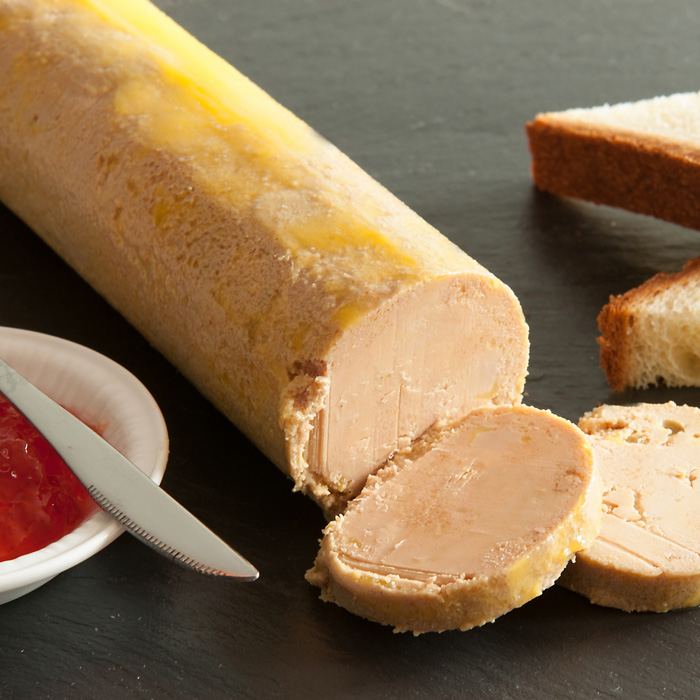
The French delicacy is banned in a lot of countries actually because of the amount of animal cruelty that is practiced in preparing it. The birds are forcibly fed for a few days by putting a metal pipe in their respective throats so that eventually their liver enlarges and then their liver is treated with milk and honey to give it flavor to what they call as Foie Gras (Such a delicate name for a product of such horrid procedures!).
7. Ketchup – France
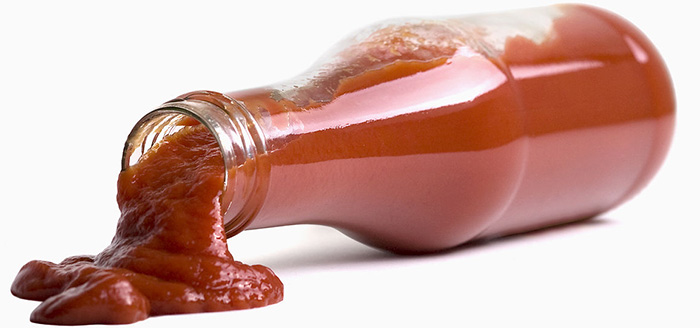
The French are amazing and that’s why they banned tomato ketchup. Their lunchtimes are not actually about simply filling the kid’s stomach’s but about teaching the poor saps about the French cuisine and the ketchup presented a threat to that, hence was banned from their public school cafeterias.
8. Raw Almonds – California, USA
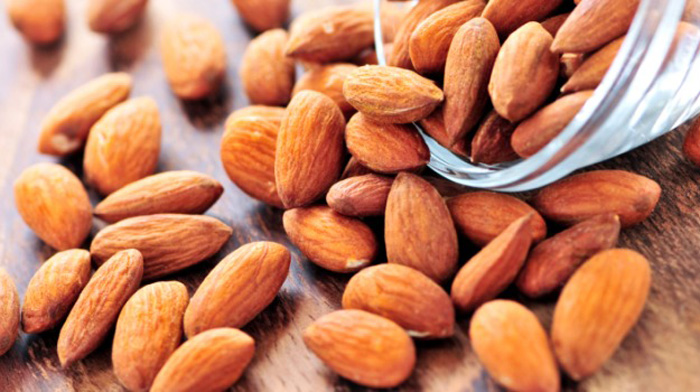
The US basically doesn’t believe in eating anything that is raw. It’s illegal to eat almonds right off the trees in California and have to be treated with boiling and steaming and processes like that.
9. Jelly sweets – European Union
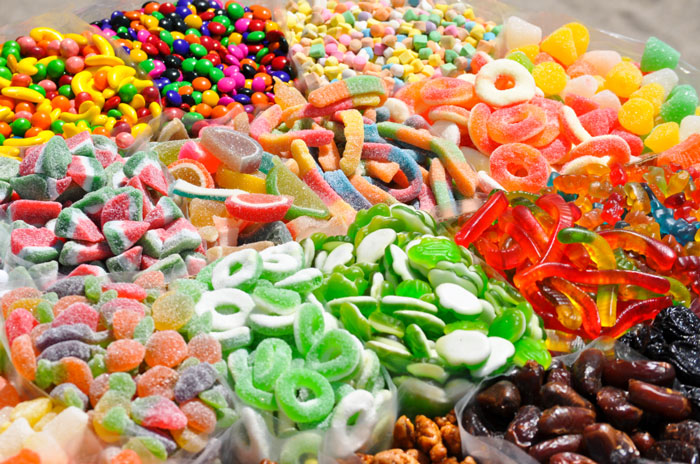
The super sweet candies which can single-handedly make the entire world diabetic are banned in Europe for possibly the same reason and an additional clause of the possibility of choking on them. No wonder Lonavla has no export to Europe!
10. Chewing gum – Singapore

Singaporeans prefer cleanliness and at the time of the Singaporean revolution, their cleanliness hit new levels as they thought their streets were paved with chewing gum. Although one can chew a chewing gum if it’s prescribed(?).
11. Mac and Cheese – Norway, Austria, and European Union
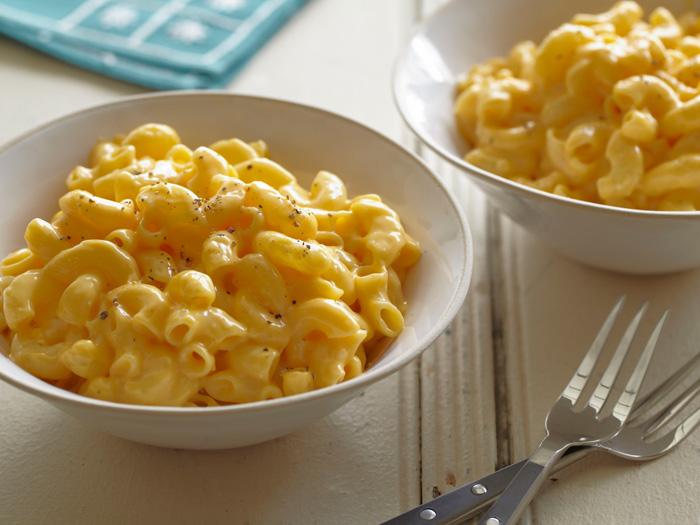
There are coloring agents used to make mac and cheese look yellower and that is true for a lot of color based food products which use edible coloring agents. But this particular color has been found to harmful to children, hence the ban.
12. Durian – Singapore, USA

The Durian fruit is a delectable fruit native to the South East Asian islands but the saddest part about the fruit is that it stinks a lot despite being delicious and hence it’s been banned from being sold in the vicinity of a public place.
13. Marshmallow containing cereal – Saudi Arabia
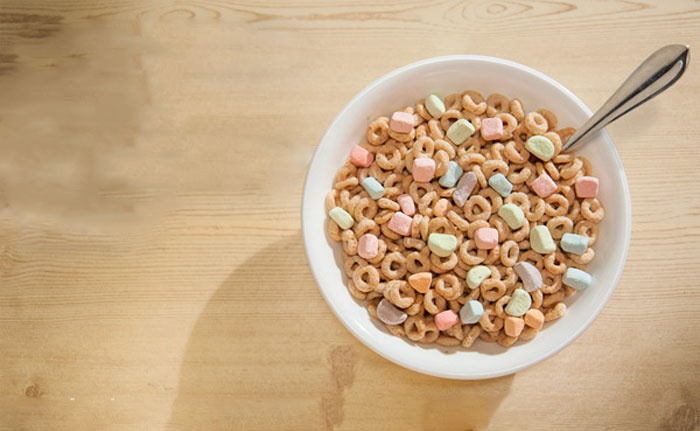
They believe the consistency of the marshmallows gives them the idea that they might contain pork hence they stay away from the mush.
14. Vegetarian meals – France

Another awesome anecdote from the French is that all the protein in a child’s diet must come from non-vegetarian sources and not from vegetarian meals much to the chagrin of vegetarians. Hence in French schools, you cannot opt for a vegetarian meal because it’s never an option.
15. Ovaltine – Denmark

The chocolate drink is banned in Denmark because the Danes think that a balanced diet provides all the vitamins and minerals one might need and their law requires all product to be fortified with them. It’s difficult for most companies to meet the government’s requirements.
16. Red Bull – France
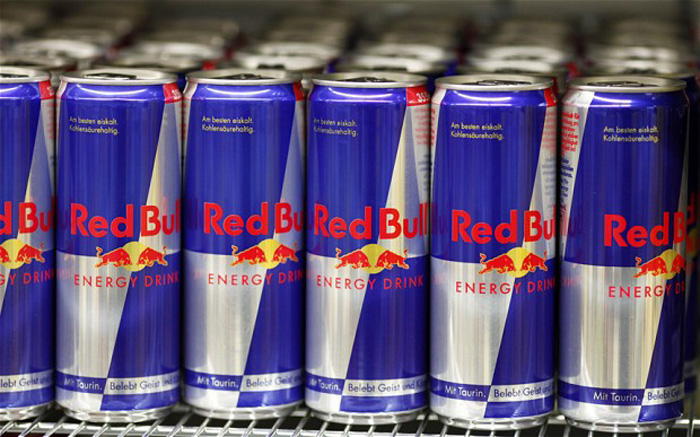
It’s not banned anymore, but the country was skeptical about the taurine levels in the preparation of the drink which has been controlled and almost negligible now.
17. Mountain Dew – Europe and Japan

Mountain Dew is banned in Europe and Japan because the chemicals in the ingredients are found to cause birth defects, schizophrenia and hearing loss.
Do you still wanna eat/drink them?
- 1.8Kshares
- Share
- Tweet
- Facebook Messenger


